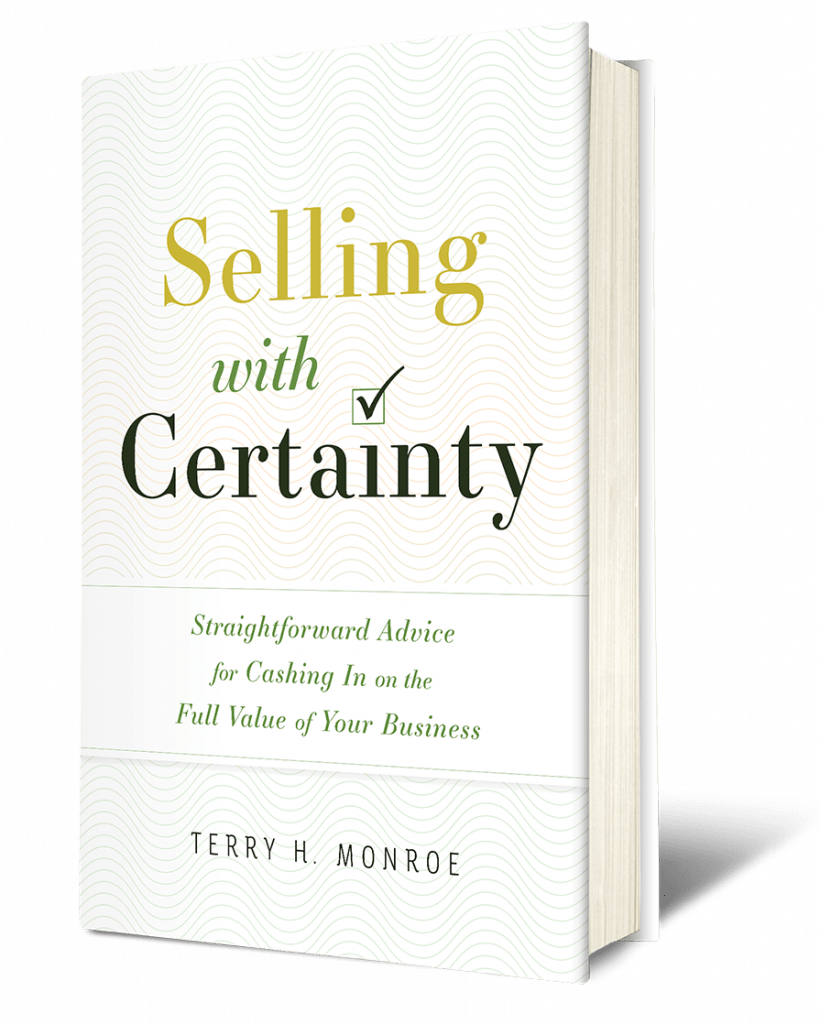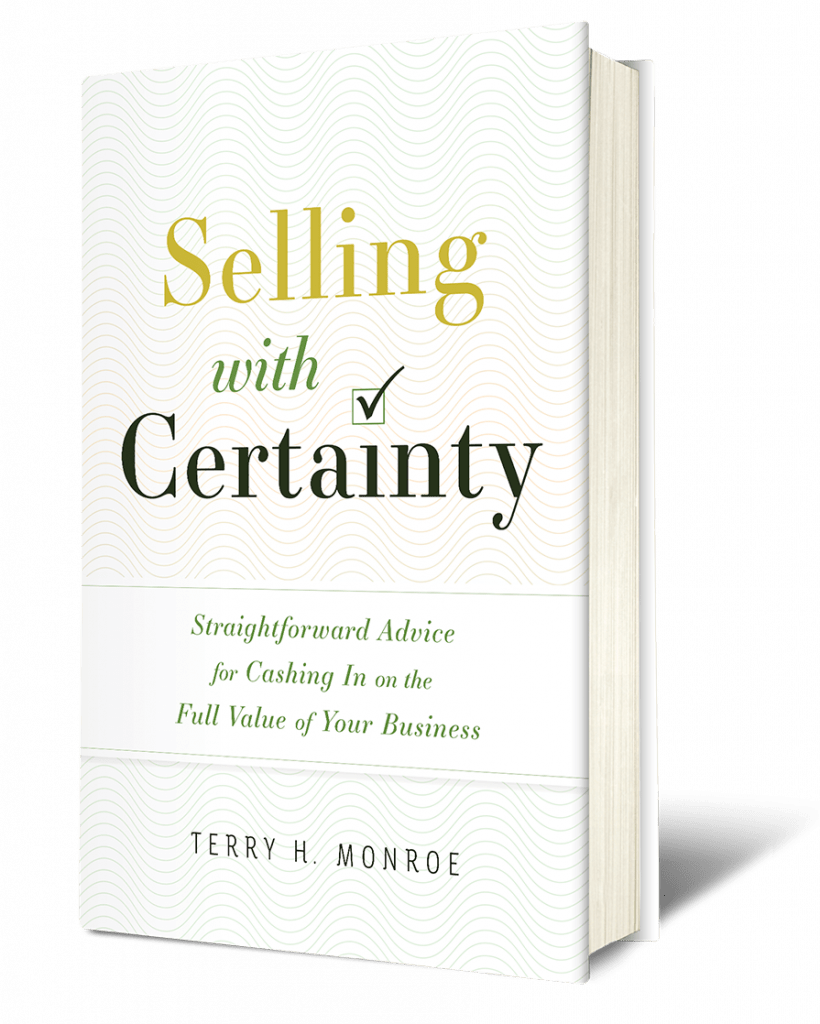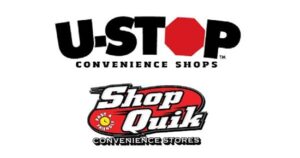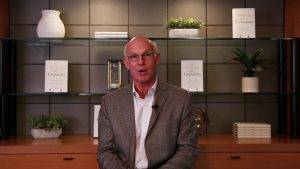“Your energy is better spent making good stores great”
(This article first appeared in the November 19, 2007 edition of Convenience Store News. Click here for the  PDF version as it first appeared in the magazine.)
PDF version as it first appeared in the magazine.)
It’s staggering to consider that we work in an industry in which store sales rose by 12 percent, but profits still dropped by 23 percent last year, according to the Convenience Store News Industry Report. We all know the reasons for the decreasing profit margin, including high labor costs and credit-card fees. In my August column (CSNews, Aug. 6), I explored the options that multi-store operators (MSOs) have when feeling the pain at the pump and the wallet. Part of the rationale behind my advice on selling stores to the throngs of potential single-store owners comes from my theory of one-thirds, which I believe retailers should use to determine what units need to be folded, sold or further developed.
The theory surmises that for most MSOs, one-third of the stores they own are highly productive, one-third are consistent in terms of productivity, and one third are losing money. You can adjust the theory in terms of percentages, but in general terms, it’s easier to break down the stores into upper, middle and lower tiers. As a former MSO, my advice is to cut your ties to the one-third of stores that are in the bottom tier. I know from experience that MSOs spend entirely too much time trying to make their underperforming assets productive again. Instead, they should be focusing their efforts on making their good stores great and working to maintain the consistency of the upper and middle-tier performers.
At one point, I owned and operated more than 150 video stores in 27 states and two countries. As I successfully opened more stores, I had to rely on the older ones to perform with a minimum amount of my attention. Then, every week I would pour through my store sales sheets and was troubled by the bottom-tier stores that were underperforming. I already knew that I could count on the productivity of about 30 percent (upper tier) of my existing stores because they were in great locations, were relatively new, and had limited competition. I also knew that the polish had worn off on another 30 percent (middle tier) of my stores, which were no longer brand new and high-producing. However, in spite of changes in the market and added competition, I could still count on their consistent sales performance.
So, once my business reached what seemed to be a sustainable size, I decided that I could better spend my time and energy focusing on how to make the bottom tier stores better. I did not realize that I had delayed too long in making that decision and was not going to be able to stop the bleeding. Nor did I realize that it would start a never-ending cycle. After all, my new stores did not remain new forever.
That experience taught me a valuable business lesson as I realized that I was wasting time and money on the wrong stores. Consequently, I learned to think in 12-month terms. When considering your bottom-tier stores, suppose you have one that is currently doing $300,000 in inside sales per year. Ask yourself, what could that figure be in 12 months, and is that acceptable considering the time and energy you’ll extend in raising sales? Let’s say, realistically, the best you can expect is to increase sales by $5,000 a month, or $60,000 a year. In general terms, if you’re making 25 percent gross profit margin, you’d be spending 12 months of resources generating an extra $15,000 in gross profit. Ultimately, it’s up to you to determine if it’s worth a year of your efforts to raise that $15,000. If you decide it’s not, then cutting those stores loose might not be such a bad option.










